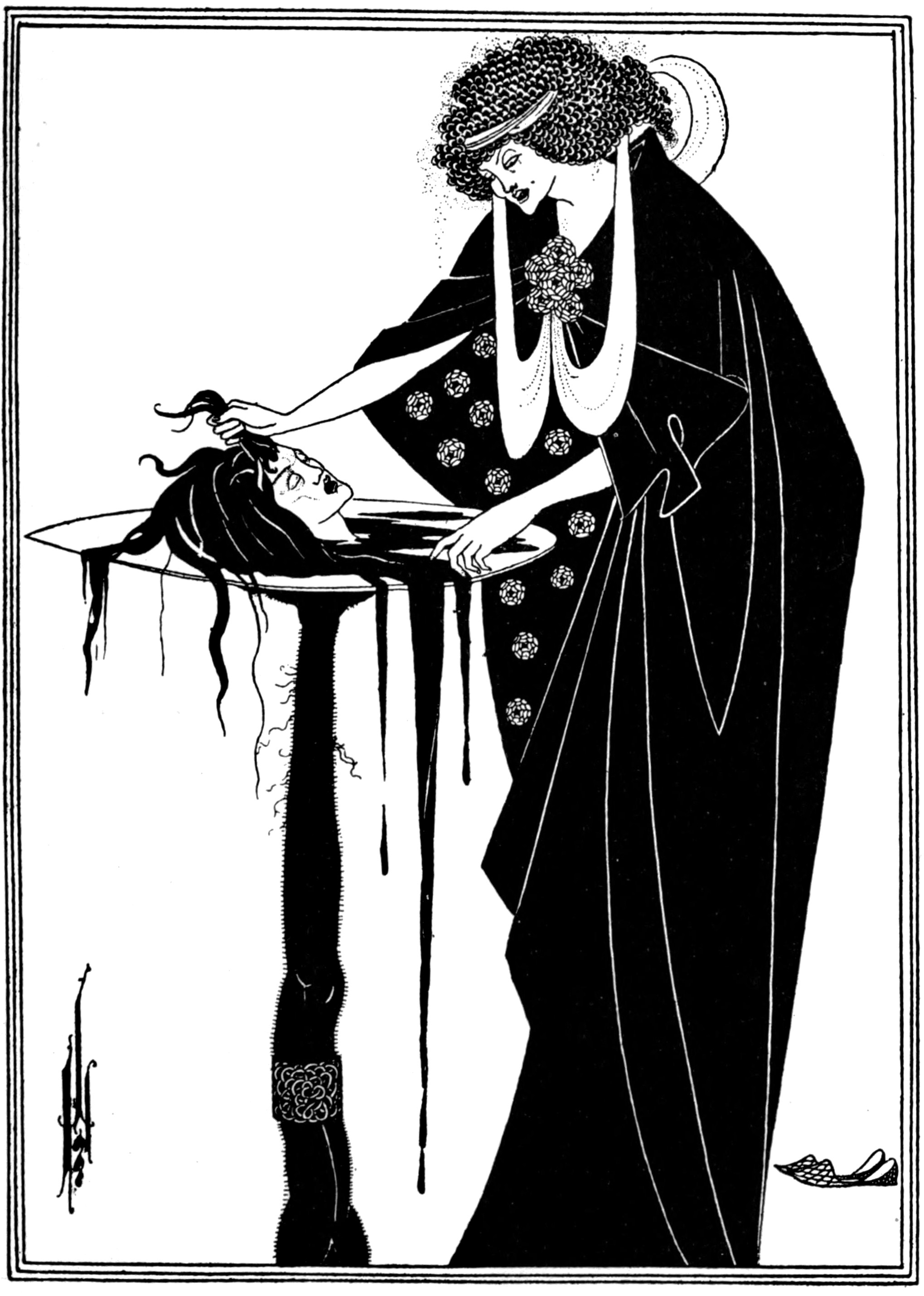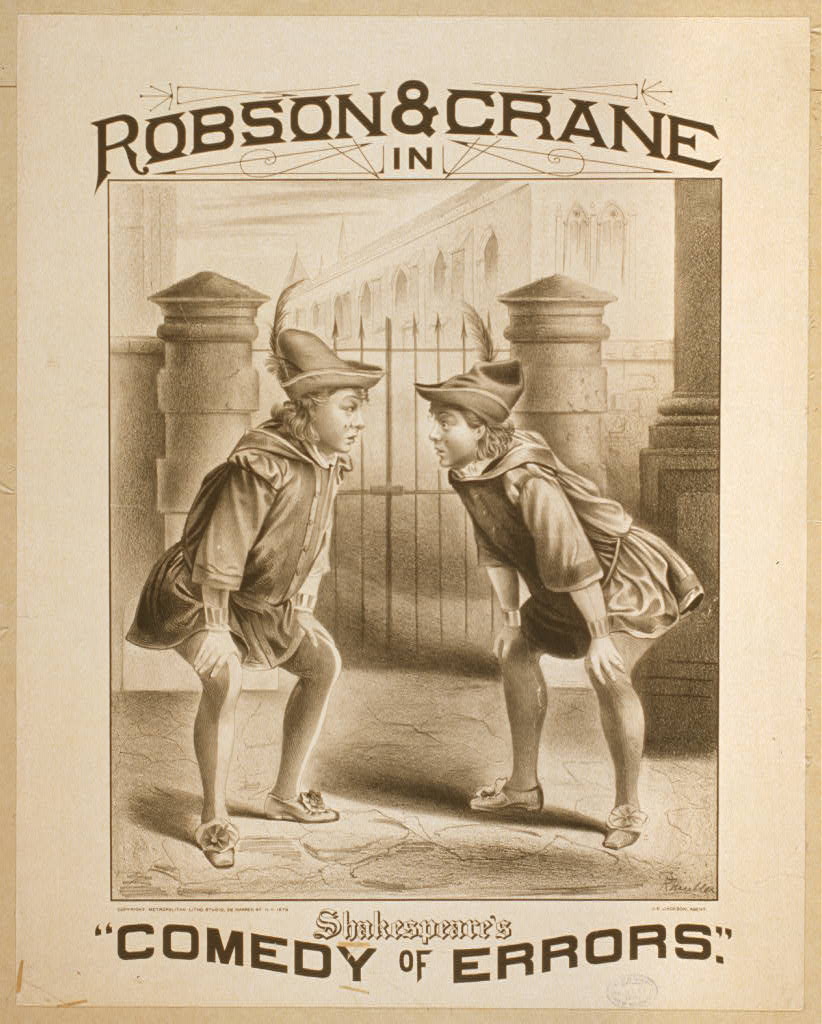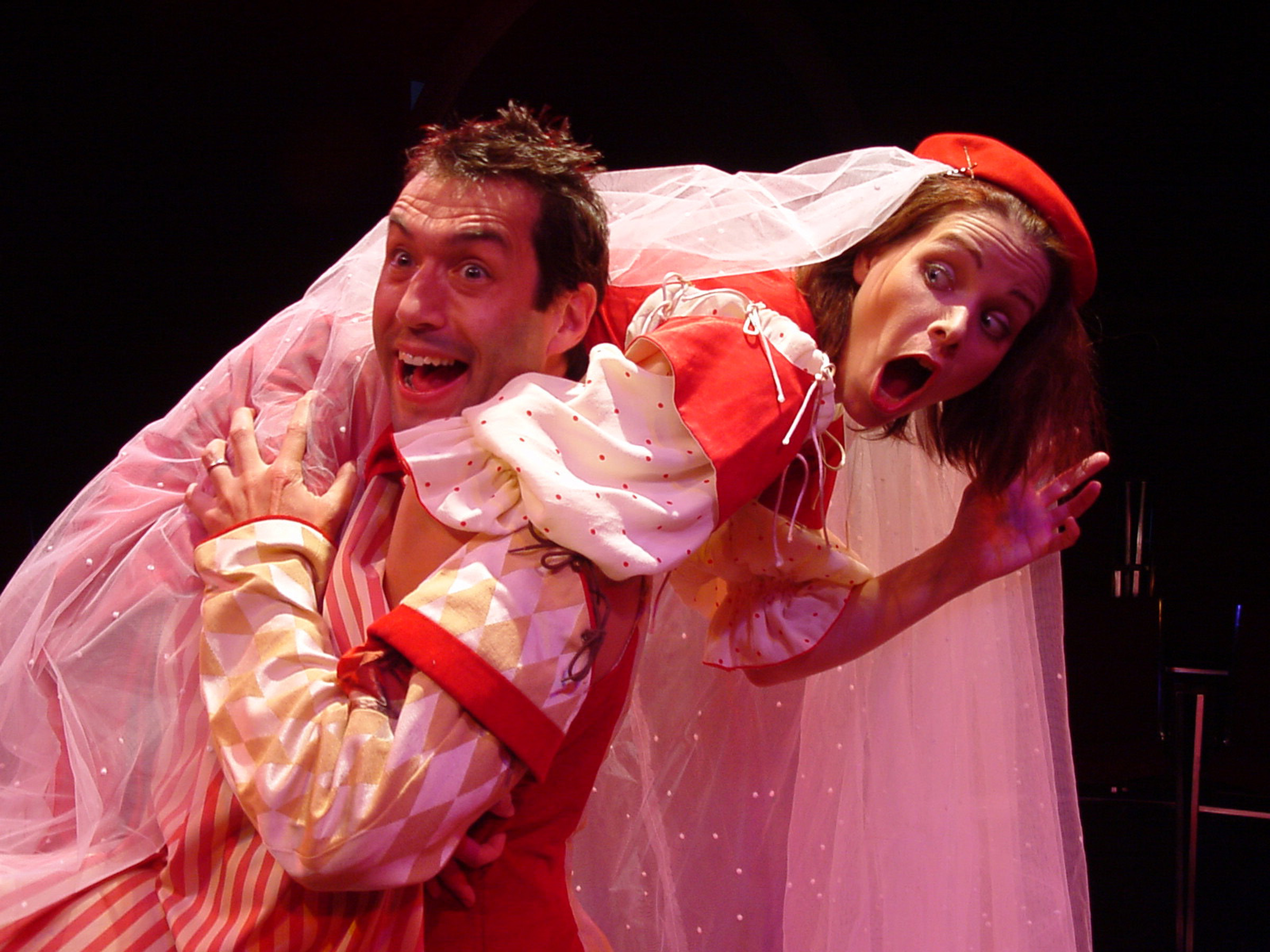|
The Ethiopian Art Theatre
The Ethiopian Art Theatre — originally called the Chicago Folk Theatre, later the Colored Folk Theatre, also referred to as The Ethiopian Art Players — was an African American theatre company based out of Chicago, Illinois. The company was an influential albeit short-lived (1922/1923–1925) group founded during the Harlem Renaissance. There are differing views over the precise year that the company was founded, 1922 or 1923. The founder was Raymond O'Neil, a white theatre director, and its principal sponsor was Mrs. Sherwood Anderson, also white; though all its performers were African American. The organization was unique and controversial during its era, primarily for being one of the few African American Theatre Companies to perform European theatrical works, but also, among other things, for producing theatrical works of African American playwrights for both African American and Non-African American audiences. Aim of The Ethiopian Art Theater According to '' The Crisis' ... [...More Info...] [...Related Items...] OR: [Wikipedia] [Google] [Baidu] |
African American
African Americans (also referred to as Black Americans and Afro-Americans) are an ethnic group consisting of Americans with partial or total ancestry from sub-Saharan Africa. The term "African American" generally denotes descendants of enslaved Africans who are from the United States. While some Black immigrants or their children may also come to identify as African-American, the majority of first generation immigrants do not, preferring to identify with their nation of origin. African Americans constitute the second largest racial group in the U.S. after White Americans, as well as the third largest ethnic group after Hispanic and Latino Americans. Most African Americans are descendants of enslaved people within the boundaries of the present United States. On average, African Americans are of West/ Central African with some European descent; some also have Native American and other ancestry. According to U.S. Census Bureau data, African immigrants generally do not s ... [...More Info...] [...Related Items...] OR: [Wikipedia] [Google] [Baidu] |
Salome (play)
''Salome'' (French: ''Salomé'', ) is a one-act tragedy by Oscar Wilde. The original 1891 version of the play was in French; an English translation was published three years later. The play depicts the attempted seduction of Jokanaan (John the Baptist) by Salome, step-daughter of Herod Antipas; her dance of the seven veils; the execution of Jokanaan at Salome's instigation; and her death on Herod's orders. The first production was in Paris in 1896. Because the play depicted biblical characters it was banned in Britain and was not performed publicly there until 1931. The play became popular in Germany, and Wilde's text was taken by the composer Richard Strauss as the basis of his 1905 opera ''Salome (opera), Salome'', the international success of which has tended to overshadow Wilde's original play. Film and other adaptations have been made of the play. Background and first production When Wilde began writing ''Salome'' in late 1891 he was known as an author and critic, but was ... [...More Info...] [...Related Items...] OR: [Wikipedia] [Google] [Baidu] |
Jazz
Jazz is a music genre that originated in the African-American communities of New Orleans, Louisiana in the late 19th and early 20th centuries, with its roots in blues and ragtime. Since the 1920s Jazz Age, it has been recognized as a major form of musical expression in traditional and popular music. Jazz is characterized by swing and blue notes, complex chords, call and response vocals, polyrhythms and improvisation. Jazz has roots in European harmony and African rhythmic rituals. As jazz spread around the world, it drew on national, regional, and local musical cultures, which gave rise to different styles. New Orleans jazz began in the early 1910s, combining earlier brass band marches, French quadrilles, biguine, ragtime and blues with collective polyphonic improvisation. But jazz did not begin as a single musical tradition in New Orleans or elsewhere. In the 1930s, arranged dance-oriented swing big bands, Kansas City jazz (a hard-swinging, bluesy, improvisationa ... [...More Info...] [...Related Items...] OR: [Wikipedia] [Google] [Baidu] |
The Comedy Of Errors
''The Comedy of Errors'' is one of William Shakespeare's early plays. It is his shortest and one of his most farcical comedies, with a major part of the humour coming from slapstick and mistaken identity, in addition to puns and word play. It has been adapted for opera, stage, screen and musical theatre numerous times worldwide. In the centuries following its premiere, the play's title has entered the popular English lexicon as an idiom for "an event or series of events made ridiculous by the number of errors that were made throughout". Set in the Greek city of Ephesus, ''The Comedy of Errors'' tells the story of two sets of identical twins who were accidentally separated at birth. Antipholus of Syracuse and his servant, Dromio of Syracuse, arrive in Ephesus, which turns out to be the home of their twin brothers, Antipholus of Ephesus and his servant, Dromio of Ephesus. When the Syracusans encounter the friends and families of their twins, a series of wild mishaps based on m ... [...More Info...] [...Related Items...] OR: [Wikipedia] [Google] [Baidu] |
The Taming Of The Shrew
''The Taming of the Shrew'' is a comedy by William Shakespeare, believed to have been written between 1590 and 1592. The play begins with a framing device, often referred to as the induction, in which a mischievous nobleman tricks a drunken tinker named Christopher Sly into believing he is actually a nobleman himself. The nobleman then has the play performed for Sly's diversion. The main plot depicts the courtship of Petruchio and Katherina, the headstrong, obdurate shrew. Initially, Katherina is an unwilling participant in the relationship; however, Petruchio "tames" her with various psychological and physical torments, such as keeping her from eating and drinking, until she becomes a desirable, compliant, and obedient bride. The subplot features a competition between the suitors of Katherina's younger sister, Bianca, who is seen as the "ideal" woman. The question of whether the play is misogynistic has become the subject of considerable controversy, particularly among mode ... [...More Info...] [...Related Items...] OR: [Wikipedia] [Google] [Baidu] |
Georg Büchner
Karl Georg Büchner (17 October 1813 – 19 February 1837) was a German dramatist and writer of poetry and prose, considered part of the Young Germany movement. He was also a revolutionary and the brother of physician and philosopher Ludwig Büchner. His literary achievements, though few in number, are generally held in great esteem in Germany and it is widely believed that, had it not been for his early death, he might have joined such central German literary figures as Johann Wolfgang von Goethe and Friedrich Schiller at the summit of their profession. Life and career Born in Goddelau (now part of Riedstadt) in the Grand Duchy of Hesse as the son of a physician, Büchner attended the Darmstadt gymnasium, a humanistic secondary school."Büchner, Georg." Garland, Henry and Mary (Eds.). ''The Oxford Companion to German Literature''. 2nd ed. Oxford: Oxford University Press, 1986. p. 121. In 1828, he became interested in politics and joined a circle of William Shakespeare a ... [...More Info...] [...Related Items...] OR: [Wikipedia] [Google] [Baidu] |
Molière
Jean-Baptiste Poquelin (, ; 15 January 1622 (baptised) – 17 February 1673), known by his stage name Molière (, , ), was a French playwright, actor, and poet, widely regarded as one of the greatest writers in the French language and world literature. His extant works include comedies, farces, tragicomedies, comédie-ballets, and more. His plays have been translated into every major living language and are performed at the Comédie-Française more often than those of any other playwright today. His influence is such that the French language is often referred to as the "language of Molière". Born into a prosperous family and having studied at the Collège de Clermont (now Lycée Louis-le-Grand), Molière was well suited to begin a life in the theatre. Thirteen years as an itinerant actor helped him polish his comedic abilities while he began writing, combining Commedia dell'arte elements with the more refined French comedy. Through the patronage of aristocrats including ... [...More Info...] [...Related Items...] OR: [Wikipedia] [Google] [Baidu] |
Les Fourberies De Scapin
''Scapin the Schemer'' (french: Les Fourberies de Scapin) is a three-act comedy of intrigue by the French playwright Molière. The title character Scapin is similar to the archetypical Scapino character. The play was first staged on 24 May 1671 in the theatre of the Palais-Royal in Paris. The original play is in French but, like many of Molière's plays, it has been translated into many different languages. Adaptations in English include the 1676 ''The Cheats of Scapin'' by Thomas Otway and ''Scapino'' by Frank Dunlop and Jim Dale in 1974, which has also been further adapted by Noyce Burleson. Bill Irwin and Mark O'Donnell also adapted the play, as ''Scapin'', in 1995. Characters ; Scapin : Léandre's valet and "fourbe" (a rough translation of "fourbe" is "a deceitful person") ; Léandre : Son of Géronte and lover of Zerbinette ; Octave : Son of Argante and lover of Hyacinthe ; Géronte : Father of Léandre and of Hyacinthe ; Argante : Father of Octave and of Zerbinette ; Hy ... [...More Info...] [...Related Items...] OR: [Wikipedia] [Google] [Baidu] |
Hugo Von Hofmannsthal
Hugo Laurenz August Hofmann von Hofmannsthal (; 1 February 1874 – 15 July 1929) was an Austrian novelist, librettist, poet, dramatist, narrator, and essayist. Early life Hofmannsthal was born in Landstraße, Vienna, the son of an upper-class Christian Austrian mother, Anna Maria Josefa Fohleutner (1852–1904), and a Christian Austrian–Italian bank manager, Hugo August Peter Hofmann, Edler von Hofmannsthal (1841–1915). His great-grandfather, Isaak Löw Hofmann, Edler von Hofmannsthal, from whom his family inherited the noble title "Edler von Hofmannsthal", was a Jewish tobacco farmer ennobled by the Austrian emperor. He was schooled in Vienna at Akademisches Gymnasium, where he studied the works of Ovid, later a major influence on his work. He began to write poems and plays from an early age. Some of his early works were written under pseudonyms, such as ''Loris Melikow'' and ''Theophil Morren'', because he was not allowed to publish as a student. He met the German poet ... [...More Info...] [...Related Items...] OR: [Wikipedia] [Google] [Baidu] |
Everyman
The everyman is a stock character of fiction. An ordinary and humble character, the everyman is generally a protagonist whose benign conduct fosters the audience's identification with them. Origin The term ''everyman'' was used as early as an English morality play from the early 1500s: ''The Summoning of'' ''Everyman''. The play's protagonist is an allegorical character representing an ordinary human who knows he is soon to die; according to literature scholar Harry Keyishian he is portrayed as "prosperous, gregarious, ndattractive".Harry Keyishian"Review of Douglas Morse, dir.,''The Summoning of Everyman'' (Grandfather Films, 2007)" ''Shakespeare Bulletin'' ( Johns Hopkins U P), 2008 Fall;26(3):45–48. Everyman is the only human character of the play; the others are embodied ideas such as Fellowship, who "symbolizes the transience and limitations of human friendship". The use of the term ''everyman'' to refer generically to a portrayal of an ordinary or typical person d ... [...More Info...] [...Related Items...] OR: [Wikipedia] [Google] [Baidu] |
John Jay College Of Criminal Justice
The John Jay College of Criminal Justice (John Jay) is a public college focused on criminal justice and located in New York City. It is a senior college of the City University of New York (CUNY). John Jay was founded as the only liberal arts college with a criminal justice and forensic focus in the United States. History Founding In 1964, a committee convened by the Board of Higher Education recommended the establishment of an independent, degree-granting school of police science. The College of Police Science (COPS) of the City University of New York was subsequently founded and admitted its first class in September 1965. Within a year, the school was renamed John Jay College of Criminal Justice to reflect broader education objectives. The school's namesake, John Jay (1745–1829), was the first chief justice of the United States Supreme Court and a Founding Father of the United States. Jay was a native of New York City and served as governor of New York State. Classes w ... [...More Info...] [...Related Items...] OR: [Wikipedia] [Google] [Baidu] |
Laura Bowman
Laura Bowman (October 3, 1881 – March 29, 1957) was an American stage, radio, and film actress.Tanner, Jo A."Bowman, Laura" In Hine, Darlene Clark, ed. ''Black Women in America: Theater Arts and Entertainment'', Encyclopedia of Black Women in America. New York: Facts On File, Inc., 1997. ''African-American History Online''. Facts On File, Inc. Early life and stage career Bowman was born in Quincy, Illinois, and grew up in Cincinnati. She performed in ''In Dahomey'' in London with her common-law husband, Pete Hampton, in the early 1900s. She joined the Lafayette Players, a Harlem acting troupe, in 1916 and worked with them on and off for several years. Filmography References External links * 1881 births 1957 deaths 20th-century American actresses African-American actresses American film actresses American stage actresses People from Quincy, Illinois Actresses from Illinois 20th-century African-American women 20th-century African-American people {{US-theat ... [...More Info...] [...Related Items...] OR: [Wikipedia] [Google] [Baidu] |






.jpg)


